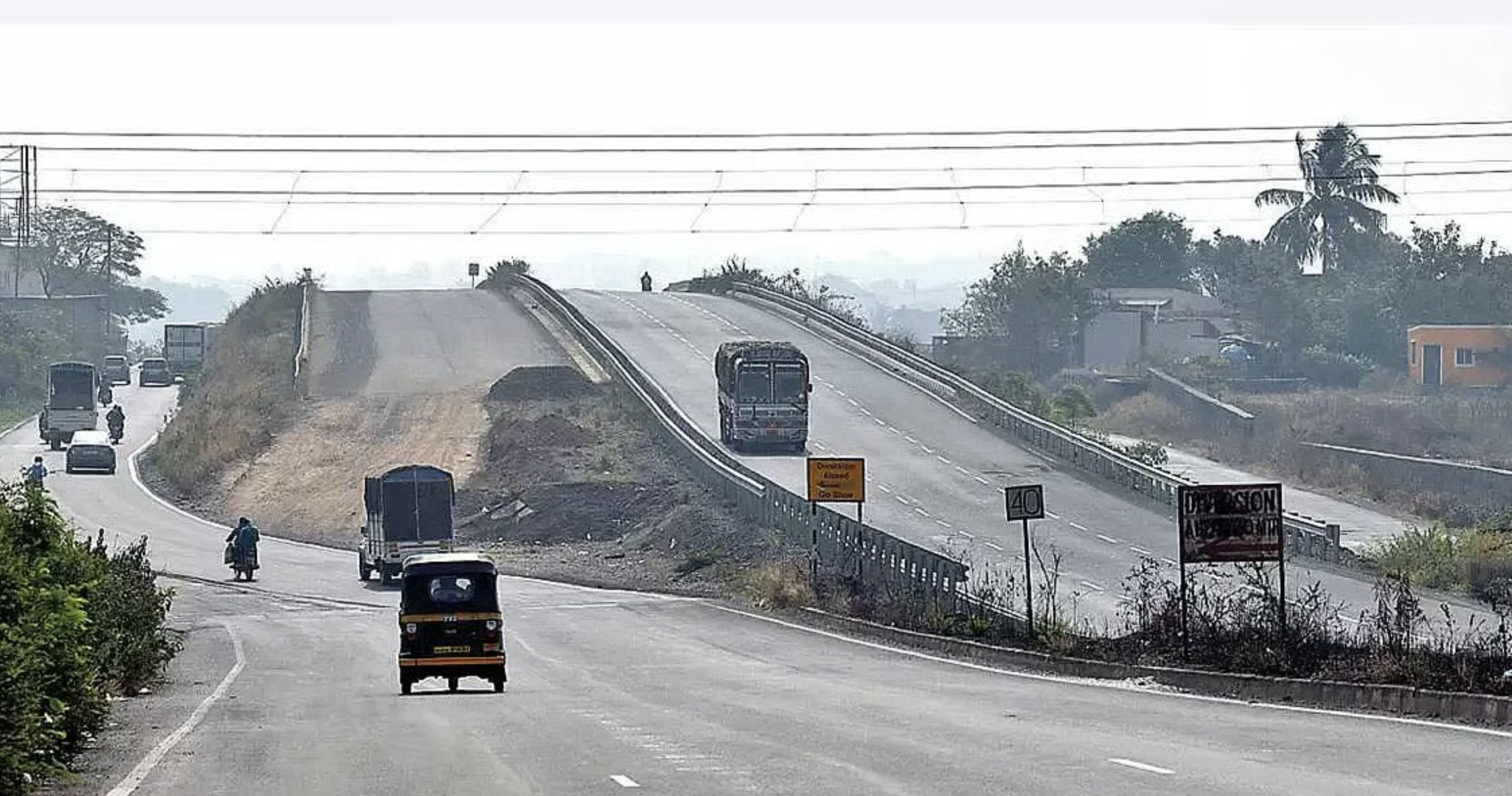The telecom industry is set for a significant shift as Reliance Jio announces a substantial tariff increase for the first time in over two years. This move is expected to influence the entire market, with competitors Bharti Airtel and Vodafone Idea likely to follow suit.

Jio’s Tariff Hike Details
Reliance Jio has announced a 12-25% rise in tariffs across prepaid and postpaid mobile plans. This increase will go live on July 3 and is expected to improve Jio’s average revenue per user (Arpu), which had stagnated at Rs 181.7 for three quarters until March 2024. The Rs 155 plan, offering 2 GB data and unlimited voice calling, will now cost Rs 189, reflecting a 22% increase. Other plans, including those in the postpaid segment, have also seen significant hikes.
Market Reaction and Expectations
Jio’s competitors, Bharti Airtel and Vodafone Idea, have been advocating for tariff hikes and are expected to announce similar increases soon. The last major industry-wide tariff hike occurred in December 2021, led by Bharti Airtel, with average prices rising by 20%. Analysts predict further tariff hikes over the next 12-18 months, suggesting a trend towards higher mobile service costs in India.
Impact on 5G Adoption
The tariff hike is likely to influence the adoption of 5G services. Both Jio and Airtel have offered 5G services at 4G prices, and the increased tariffs could drive investments in 5G and AI technology. As of the end of April 2024, Jio held a 40.48% share of wireless subscribers in India, with 108 million 5G customers.
Statement from Reliance Jio
Reliance Jio Infocomm Chairman Akash M Ambani stated that the tariff hike aims to drive industry innovation and sustainable growth through investments in 5G and AI technology. JioBharat and JioPhone users, who typically use feature phones, will continue to enjoy existing tariffs, ensuring that 250 million feature phone users in India can access digital services.
Conclusion
The tariff hike by Reliance Jio marks a significant change in India’s telecom landscape. With competitors likely to follow, this move could drive the industry towards higher revenues and greater investment in advanced technologies.














